In cities like Xi’an, with such rich historical traditions, the People’s Republic of China faces the task of reckoning with history. In order to establish where China is going, the PRC must first establish where China has already been. One encounters such reckoning throughout Xi’an in its public history spaces. The emerging field of public history in Xi’an is essential to the city’s identity, and served as the basis of my journey through the city and its outlying regions.
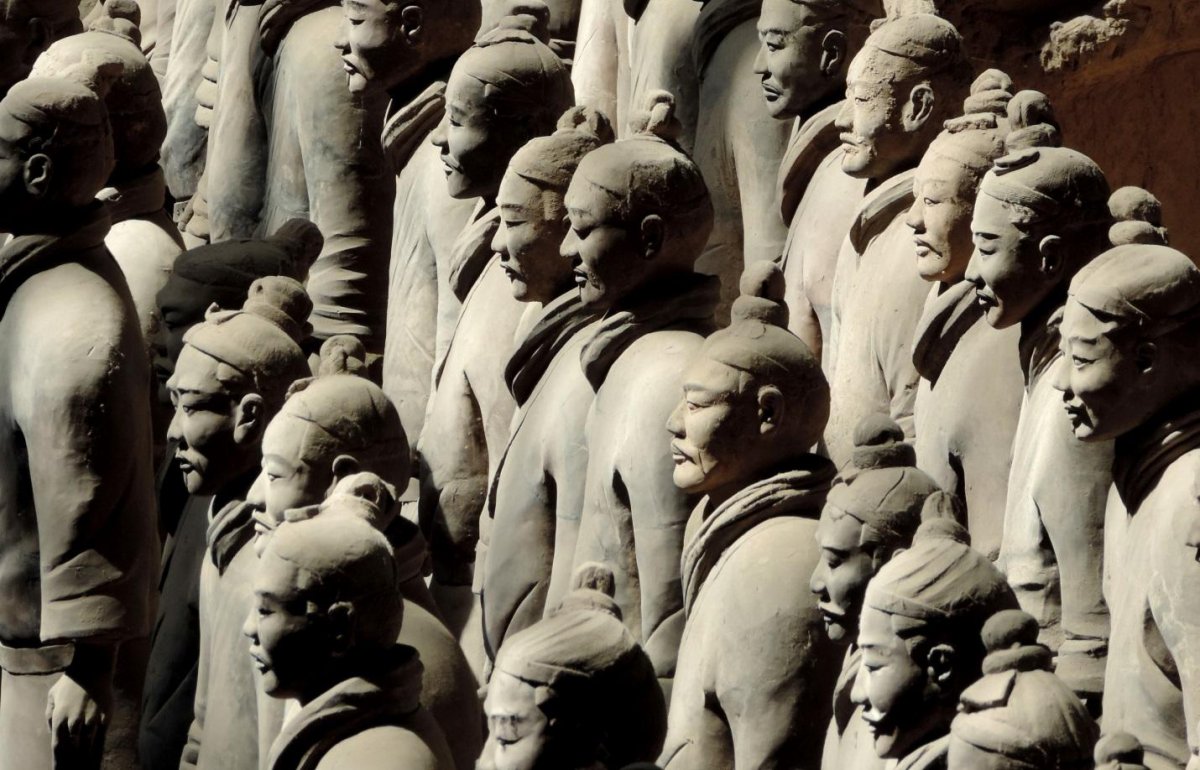
The Terra Cotta Warriors: Xi’an’s most famous attraction.
If the name “Xi’an” is familiar to foreigners, it is likely for its most famous historical landmark and exhibition, the Terra Cotta Warriors. However, Xi’an is one of China’s most important historic cities far beyond this exhibit alone. It is one of the “Four Great Ancient Capitals of China” and served as capital for 13 dynasties, including China’s “Golden Age,” the Tang Dynasty (618-907 CE).
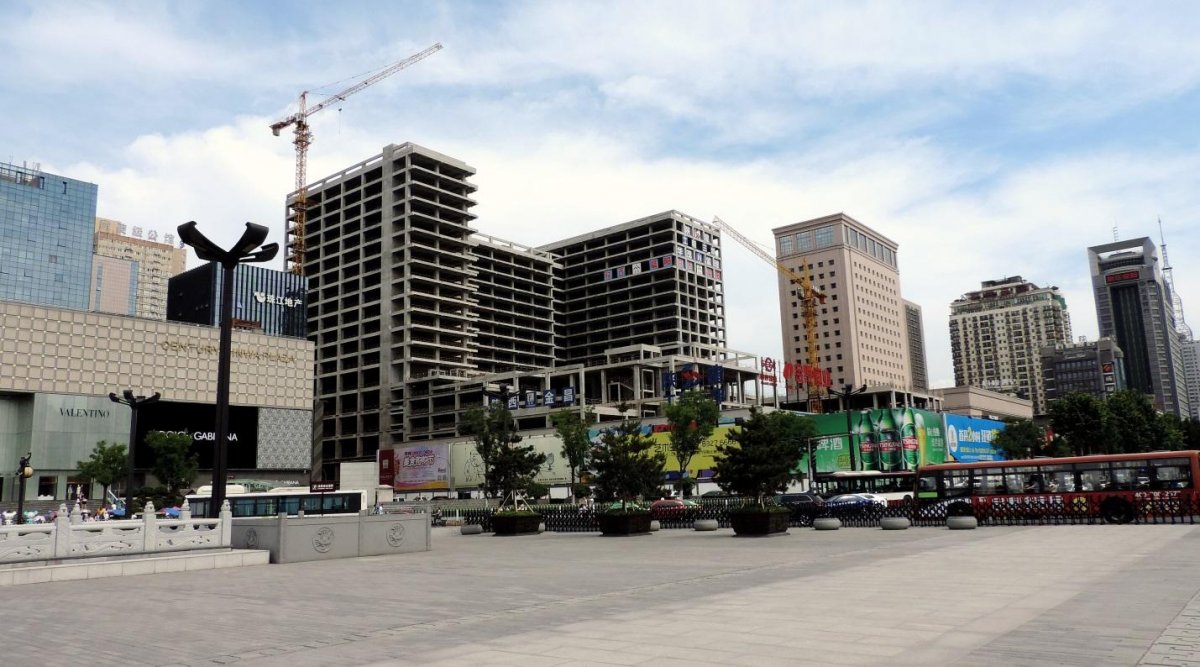
Near continuous construction taking place in central Xi’an and throughout the city.
The population of Xi’an proper is now greater than that of New York City. During the Tang Dynasty, Xi’an (then Chang’an) was the most populous city in the world. As a city of contemporary significance in China, Xi’an might fail to make a top-10 list, but as a city of historical significance, Xi’an is one of the most valuable resources for understanding China from the Neolithic period to the present day.
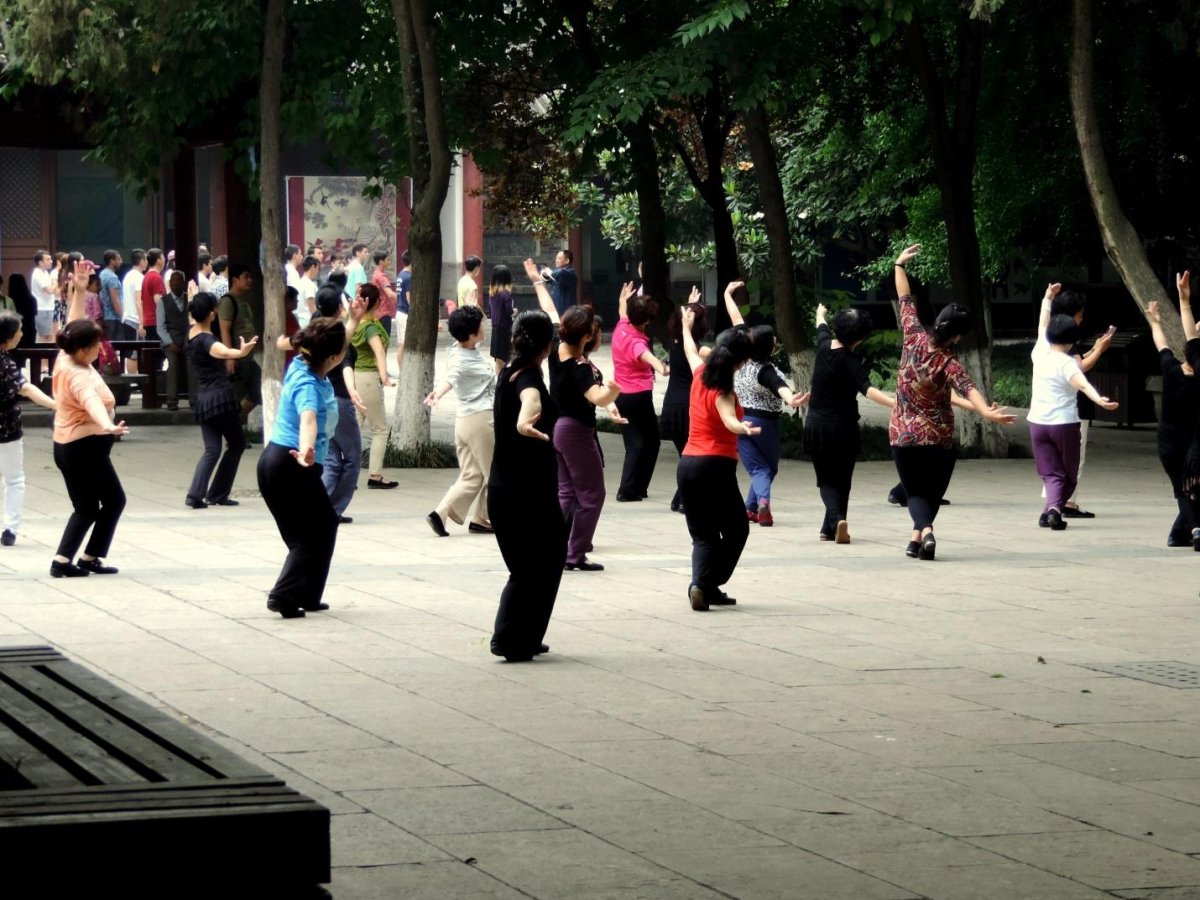
Daily tai chi in the park of the Small Wild Goose Pagoda and Xi’an City Museum.
One of the most striking aspects of Xi’an is how much its citizens integrate history into their lives. A Tang Dynasty Buddhist pagoda and temple serve as a public park where seniors practice morning tai chi. The Ming Dynasty walls serve as a biking and walking route around the entirety of the inner city. A Tang hot springs palace outside the city, site of one of China’s most famous love stories, serves as a destination for hiking, for couple’s retreats, and for escape from city life.
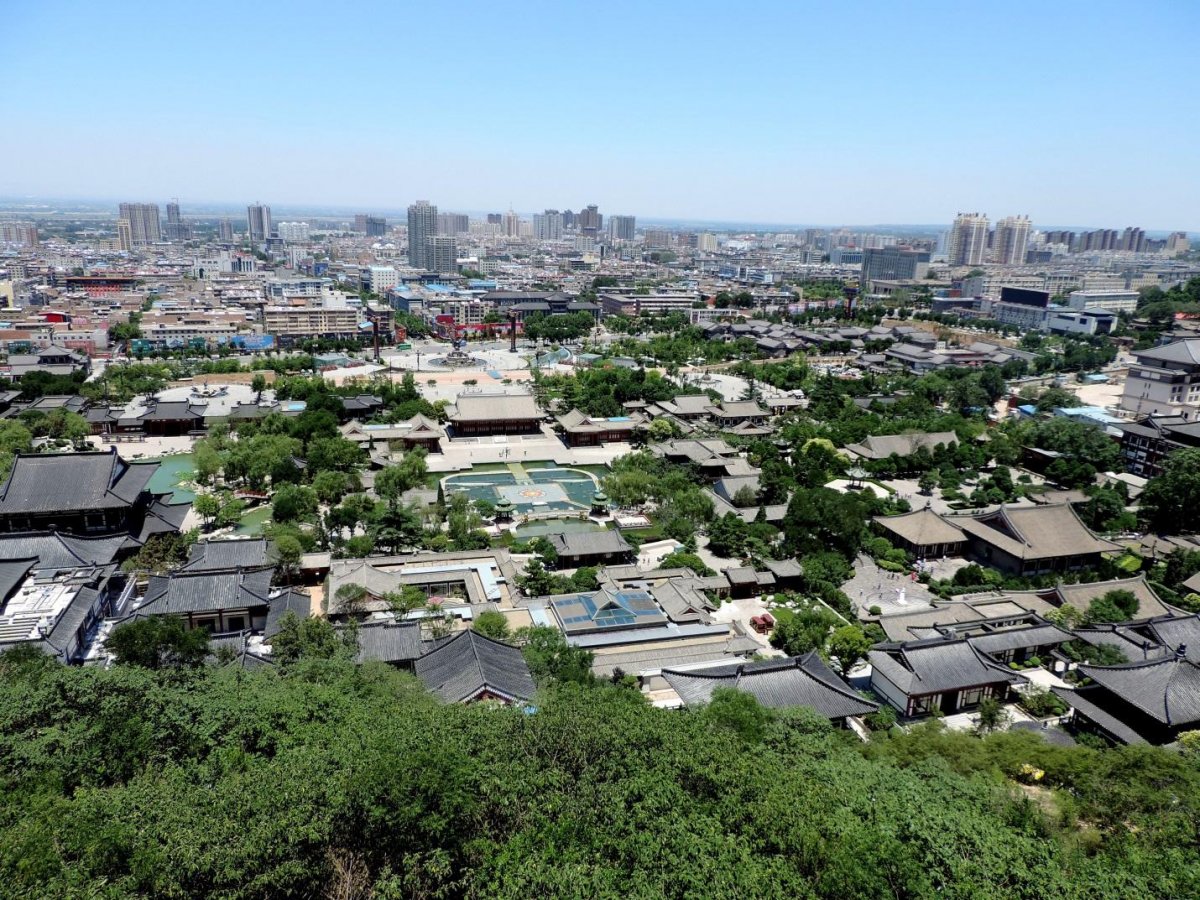
The reconstructed Huaqing Hot Springs Palace, legendary site of the love story between Emperor Xuanzong of Tang and his most beloved imperial consort, Yang Guifei.
Due to the crowded conditions of a city as populous as Xi’an, the nearby countryside and mountains are important places for leisure, recreation, and spiritual retreat. A friend in Xi’an told me, “The mountains are Xi’an’s backyard.” But to travel to the mountains on the weekend and escape the bustle of city life is to encounter more history. Whether it’s a Daoist mountain to the east, a Buddhist reliquary complex to the west, or the tomb-speckled hillside to the north, there is historical significance in every direction.
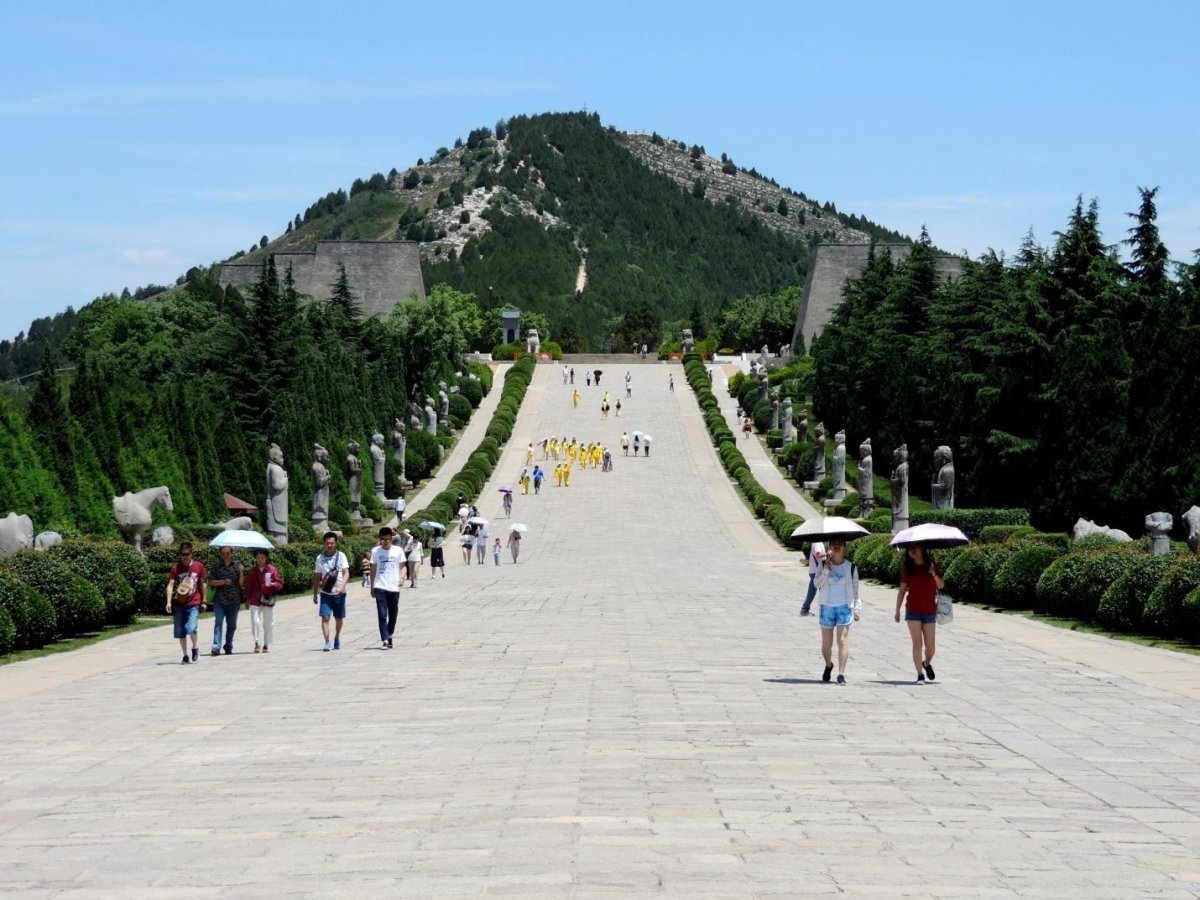
Visitors walking the causeway to the Tang Royal Tombs.
Qian County, for example, is more than just a getaway destination: visitors are granted access inside of some of the Tang Dynasty tombs in which they can see first-hand the original wall paintings in each of the tomb’s antechambers. For a small admission fee, five different major tombs where original frescoes are located can be explored. And on a scorching hot June afternoon, the coolness of the tomb is welcome relief from the Shaanxi sun.
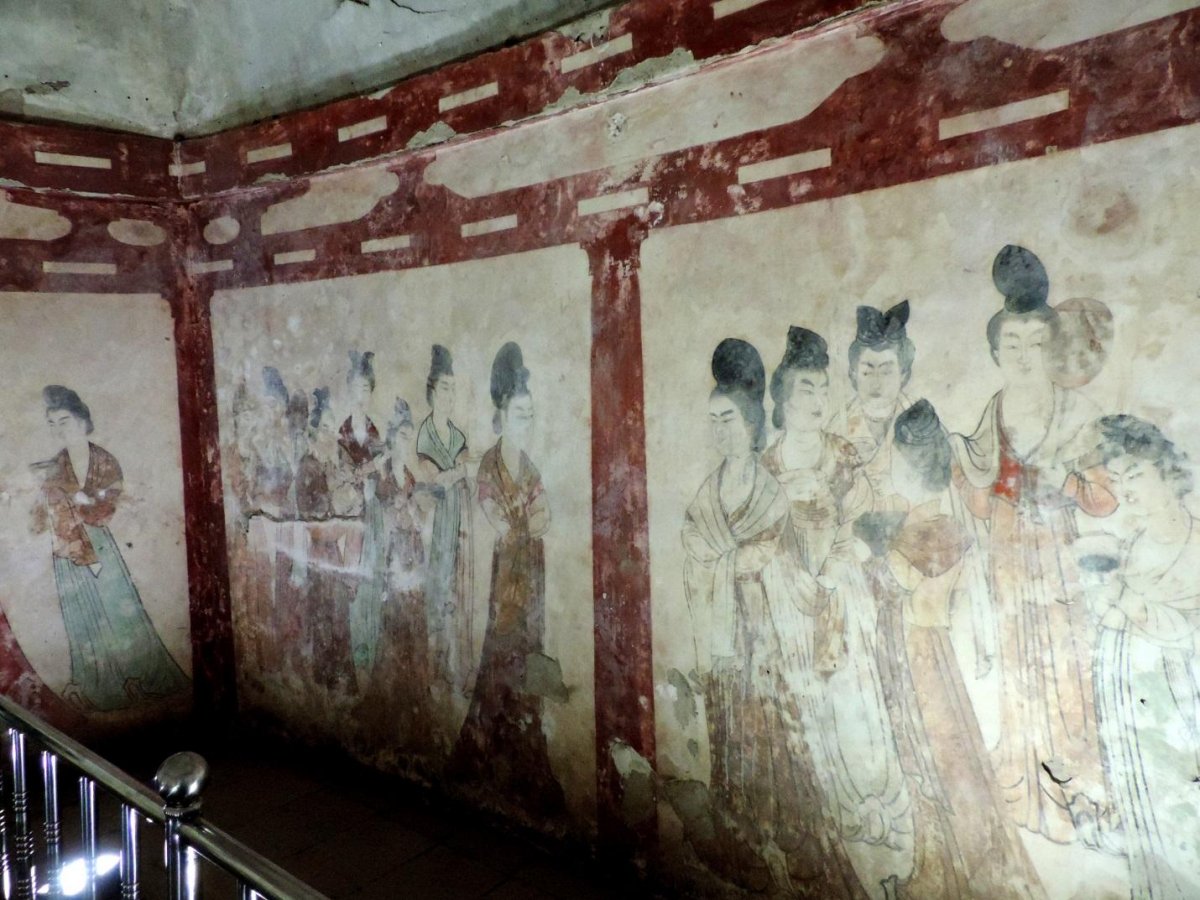
Murals inside the antechamber of an accessible Tang Dynasty tomb.
But history is not simply a travel destination for visitors to the area. Within the city, history acts as a bridge between the past and the future, both intentionally and serendipitously.
One such example is the discovery of the Banpo Archaeological Site, one of the oldest Neolithic settlements in China. In 1953, the first artifacts of this Neolithic settlement were found, and since then, the site has been excavated and preserved via the Banpo Museum and put on display for the visiting public. The site is within the city limits of Xi’an, and further expands the already-expansive history of the city.
Perhaps most fascinating is the way in which the site’s history is used as a bridge to the PRC’s goals for the future: the museum literature stresses the ways in which the Neolithic period was a stepping stone towards advancing human society and can teach us about gender equality and harmony between man and nature.
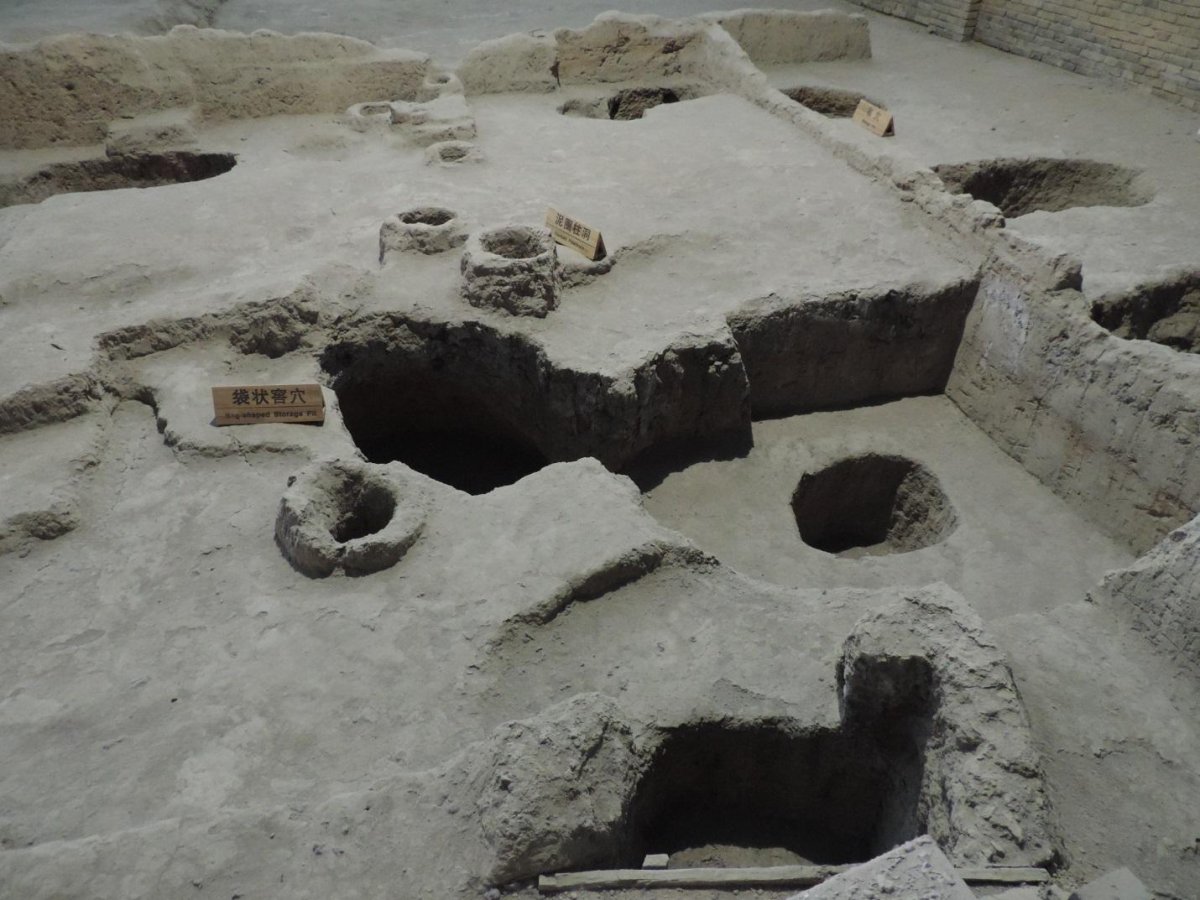
Storage pits uncovered in the enclosed Banpo Archaeological Site and Museum.
Another such find was perhaps even more important to the city’s history. Only a few years ago, construction began on what was to be the largest shopping mall complex in Xi’an. During initial excavation, however, construction crews accidentally struck a lost site of immense importance to Xi’an: the Tang Dynasty Western Market. The Western Market served as the starting point of the Silk Road, where foreign traders from as far as Europe and the Arabian Peninsula would exchange goods for silks, pottery, and other wares. Instead of halting construction on the mall, however, a museum was established at the heart of the complex and the mall was relocated surrounding it.
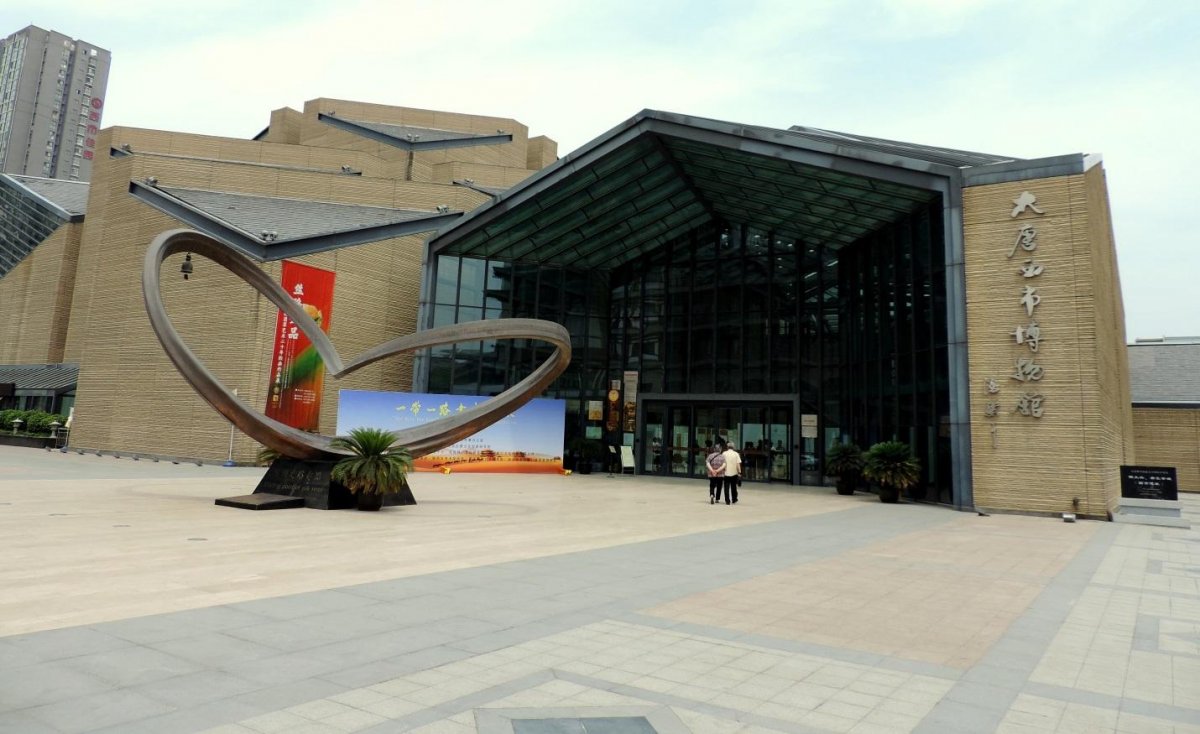
Entrance to the Tang Dynasty Western Market Museum with a sculpture marking the entrance to the market, and the starting point, or end point, of the Silk Road.
The plans for the mall’s design changed significantly after the discovery of the marketplace: a new area is in development for shops and restaurants that will reflect the cultures that traded at the Western Market, from Korea and Japan to Southeast Asia, from India and Persia to the Arabian Peninsula. By placing the history of the site at its center, planners are working to balance the vital history of the site with the continuing economic development of the city.
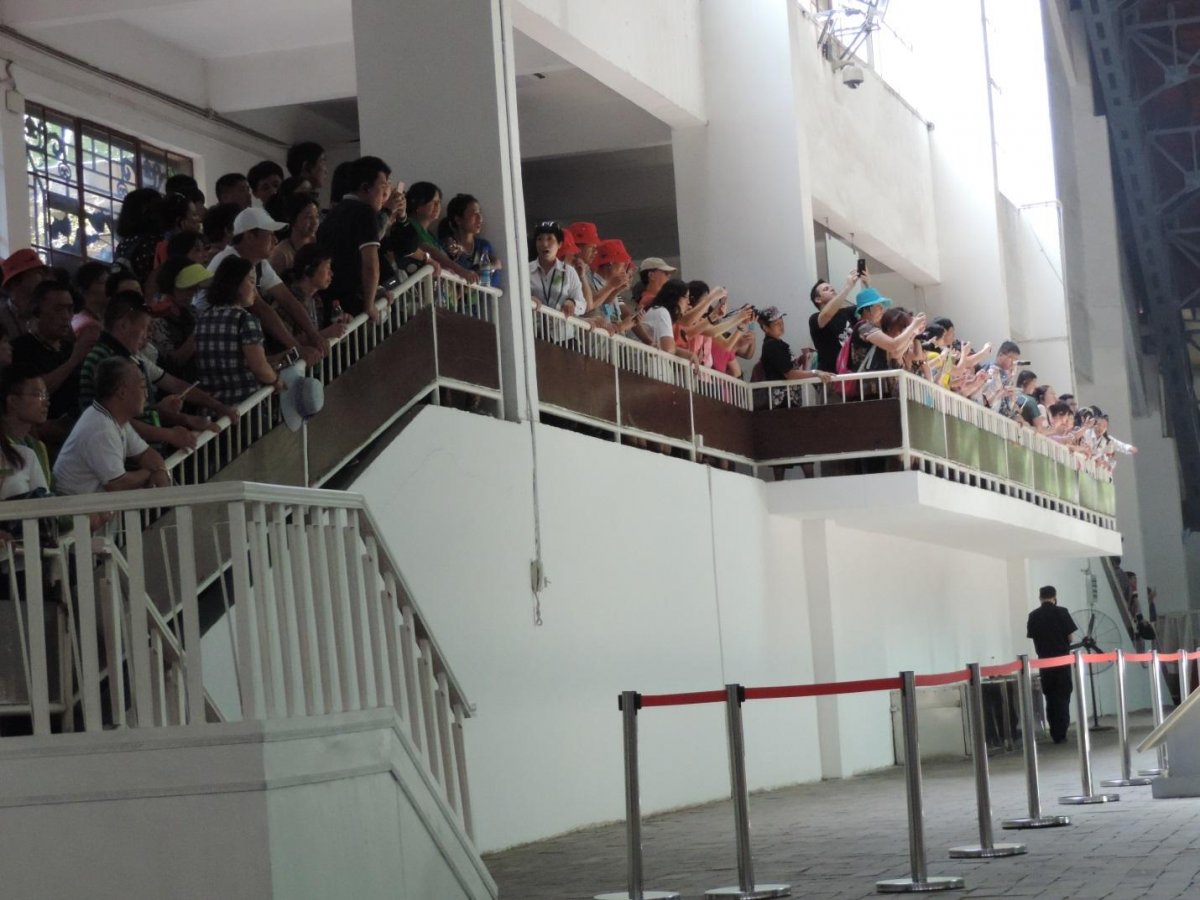
Tourists viewing the Terra Cotta Warriors.
This balance between the past and the future is tenuous at times, as is the case in cities worldwide. The preservation of historically-significant sites often conflicts with commercial development, which creates tensions and forces compromise between the economic and the cultural, between the past and the future. To visit Xi’an is to witness this fascinating tension and compromise firsthand, and to live in Xi’an is to live it every day.
[All photos by author]
